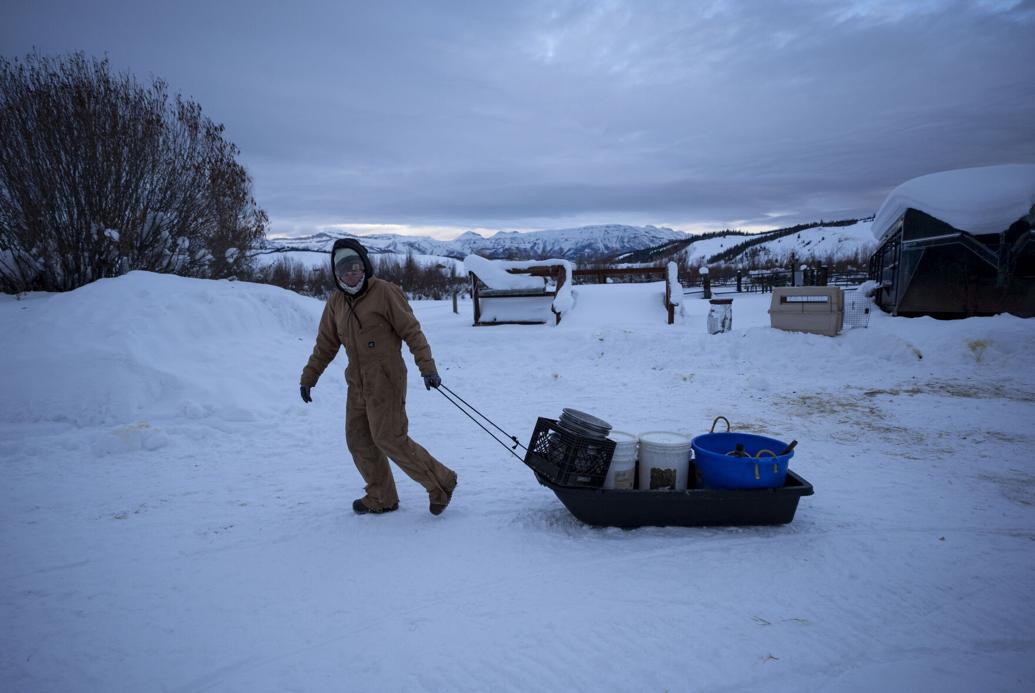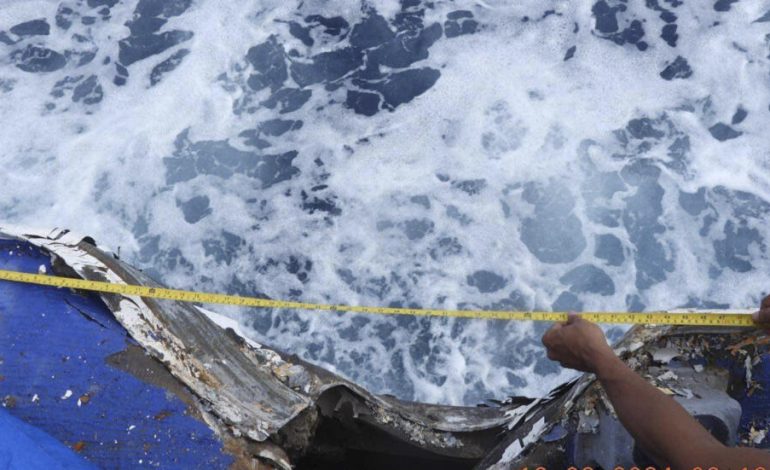Ships belonging to China and the Philippines collided at sea on Monday, prompting accusations and counter-accusations between the two nations, France24 reports, citing AFP.
Beijing claims that Manila deliberately rammed a coast guard vessel into a Chinese ship, while the Philippines accuses China of spreading disinformation and releasing images of its own heavily damaged vessel as evidence of “unlawful and aggressive maneuvers” by the Chinese coast guard.
Both blamed the other for the collision near Sabina Shoal, a disputed atoll in the Spratly Islands, where overlapping claims are also made by Vietnam and Taiwan. There were no reports of injuries.
China’s coast guard accused the Philippines of deliberately crashing one of its ships into a Chinese vessel. Two Philippine coast guard ships entered waters near the shoal, ignored the Chinese coast guard’s warning and intentionally collided with one of China’s boats at 3:24 a.m., a spokesperson said in a statement on the Chinese coast guard’s website.
“The Philippine side is entirely responsible for the collision,” spokesman Gan Yu said. “We warn the Philippine side to immediately stop its infringement and provocation, otherwise it will bear all the consequences arising from that.”
Jonathan Malaya, assistant director-general of the Philippine government’s National Security Council, accused the Chinese coast guard of disinformation for saying that the Philippine coast guard ships rammed its vessels.
Video and photographs, including those taken by journalists from a U.S. TV network who were on board one of the Philippine coast guard ships, showed that the Chinese ships caused the latest collisions in the high seas, Malaya told a news forum in Manila.
The Philippines’ National Task Force on the West Philippine Sea said two of the coast guard’s ships, BRP Bagacay and BRP Cape Engaño, “encountered unlawful and aggressive maneuvers” from Chinese coast guard vessels while en route to Patag and Lawak islands, which are occupied by Filipino forces, in the contested region.
“These dangerous maneuvers resulted in collisions, causing structural damage to both Philippine Coast Guard vessels,” the statement read.
The task force said the collision between BRP Cape Engaño and one of the Chinese ships created a hole on the deck of the Philippine ship with a diameter of about 5 inches (12.7 centimeters).
About 16 minutes later, the other Philippine ship, BRP Bagacay, was rammed twice on its port and starboard sides by a different Chinese vessel, leading to structural damage, according to the task force.
“This is the biggest structural damage we have incurred as a result of the dangerous maneuvers carried out by the Chinese coast guard,” Commodore Jay Tarriela of the Philippine coast guard told the news forum in Manila.
“The (Philippine Coast Guard) stands firm in its responsibility to ensure the safety and security of our maritime domain while addressing any threats to our national interests,” the Philippine task force said.
Gan added China claimed “indisputable sovereignty” over the Spratly Islands, known in Chinese as Nansha Islands, including Sabina Shoal and its adjacent waters. The Chinese name for Sabina Shoal is Xianbin Reef.
In a separate statement, he said the Philippine ship that was turned away from Sabina Shoal entered waters near the disputed Second Thomas Shoal, ignoring the Chinese coast guard’s warnings. “The Chinese coast guard took control measures against the Philippine ship in accordance with law and regulation,” he added.
Sabina Shoal, which lies about 140 kilometers (87 miles) west of the Philippines’ western island province of Palawan, has become a new flashpoint in the territorial disputes between China and the Philippines.
The Philippine coast guard deployed one of its key patrol ships, the BRP Teresa Magbanua, to Sabina in April after Filipino scientists discovered submerged piles of crushed corals in its shallows that sparked suspicions that China may be bracing to build a structure in the atoll. The Chinese coast guard later deployed a ship to Sabina in a new territorial faceoff.
Sabina lies near the Philippine-occupied Second Thomas Shoal, which has been the scene of increasingly alarming confrontations between Chinese and Philippine coast guard ships and accompanying vessels since last year.
China and the Philippines reached an agreement last month to prevent further confrontations when the Philippines transports new batches of sentry forces, along with food and other supplies, to Manila’s territorial outpost in the Second Thomas Shoal, which has been closely guarded by Chinese coast guard, navy and suspected militia ships.
The Philippine navy transported food and personnel to the Second Thomas Shoal a week after the deal was reached and no incident was reported, sparking hope that tensions in the shoal would eventually ease.
“We are of course disappointed again,” Malaya said. “Despite this preliminary understanding, which we hoped was the first page in a new chapter between the Philippines and PRC relations, we have … another incident.”
“PRC” refers to China’s formal name, the People’s Republic of China.
China has been at odds with many other countries in the Asia-Pacific for years over its sweeping maritime claims, including almost all of the South China Sea, a strategic and resource-rich waterway around which Beijing has drawn a 10-dash line on official maps to delineate what it says is its territory.
Amidst a massive military expansion, China has been increasingly in pursuing its claims in the South China Sea, resulting in multiple confrontations, primarily with the Philippines. These tensions are fueled by China’s long-standing territorial disputes with Vietnam, Taiwan, Malaysia, and Brunei. A 2016 UN arbitration ruling invalidated Beijing’s claims in the South China Sea, but China, having not participated in the proceedings, has consistently refuted the ruling.









